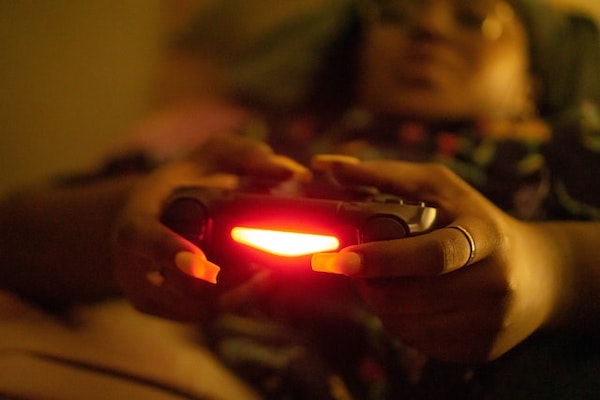The public perception of gamers is that they are mostly straight, white, males under 35, but is that true?
Just under half of all US gamers are female and 10% identify as LGBTQ+. The stats shouldn’t be surprising these days. More than two million people play video games each year, so it is hardly a shock that many of them are queer. Interestingly, queer people are actually overrepresented in the gaming sector, with more people working in the sector than is reflected in the general population.
Gaming Diversity Has Come a Long Way Since the 1980s
Games designers and marketers are being urged to diversify their offerings to suit a more diverse audience. Back in the 1980s, there were hardly any video games containing LGBTQ+ content. By the 2010s, there were just under 1,000 games in circulation with LGBTQ+ content.
Adding a token LGBTQ+ character in a video game should be more than a box-ticking exercise, even when those characters are created with sensitivity and complexity. Games designers and game brands need to understand that the market is changing, and audiences are more supportive when brands embrace the LGBTQ+ community.
Top LGBTQ+ Video Games
Many great games feature queer characters in major and minor roles.
Life Is Strange
Life is Strange is a great example of a video game featuring a queer character, Max Caulfield, a bisexual photography student. When this award-winning game first launched in 2015, the episodic format let players influence the outcome of the story. When the prequel, Before the Storm, was released in 2017, fans were delighted when Max’s character enjoyed a same-sex romance with Chloe. In Life is Strange: True Colours, the character Alex is a bisexual psychic. This popular mystery game won three awards at the Gayming Awards.
The Last Of Us
The Last Of Us: Left Behind, released in 2014 by Sony, featured the character of Ellie. In a prologue, Ellie’s sexuality was revealed when she kissed her friend Riley. Sony later promised that Ellie’s sexuality would be further explored in her relationship with Dina, in The Last Of Us II, which was released in 2020.
The Sims Supports Same-Sex Relationships
The Sims has long featured queer characters, largely because of a mix-up when a programmer was given an old design document that didn’t restrict Sims from forming same-sex relationships. After a couple of female Sims started making out during a game demo in front of journalists, everyone expected EA management to order a change, but refreshingly, that didn’t happen and today, the Sims is a poster child for queer and trans-inclusive representation in video games on games consoles and PCs. For the latest PC graphics, visit https://www.lenovo.com/us/en/faqs/intel/intel-graphics/.
A recent Sims update even lets players choose a character’s pronouns and sexual orientation, whereas previously, all Sims were happily bisexual. In Sims 4, queer characters can also get married and have kids, which reflects how far the gaming world has come in the last 30 years.
Today, gaming welcomes queerness, which for confused teens exploring their sexuality, is a positive thing.


